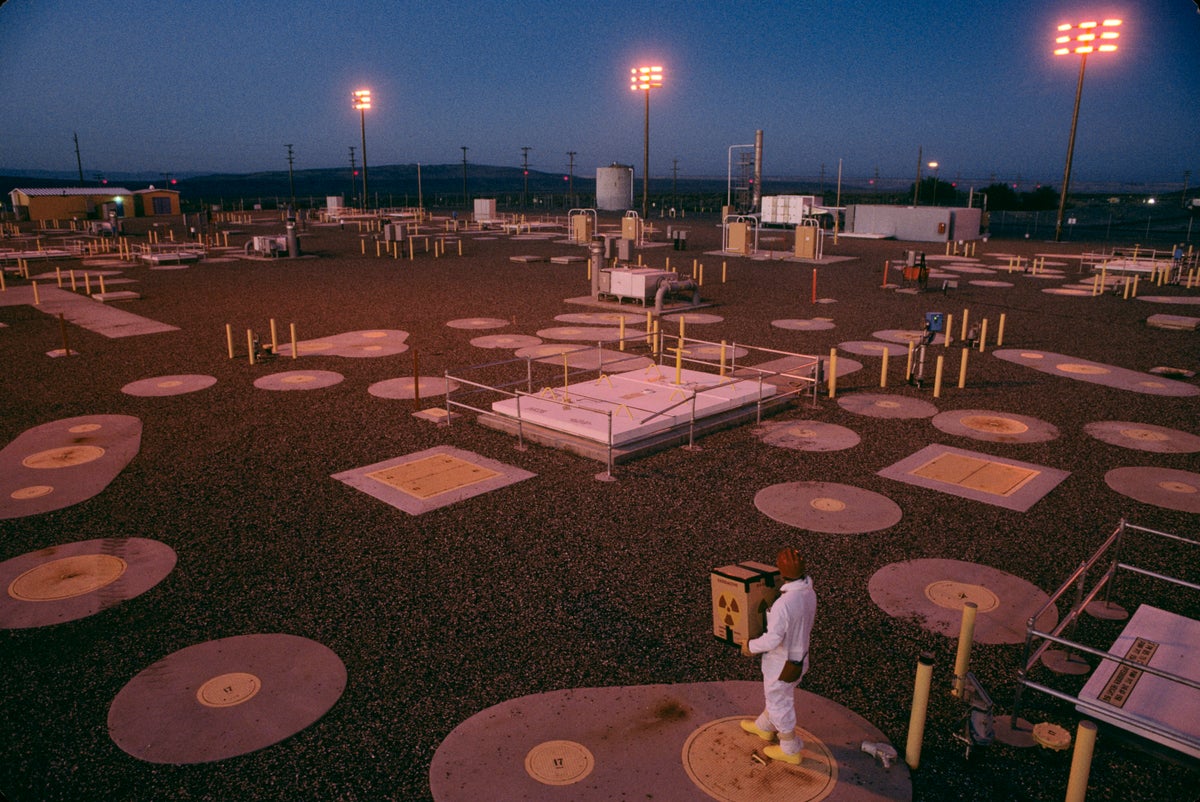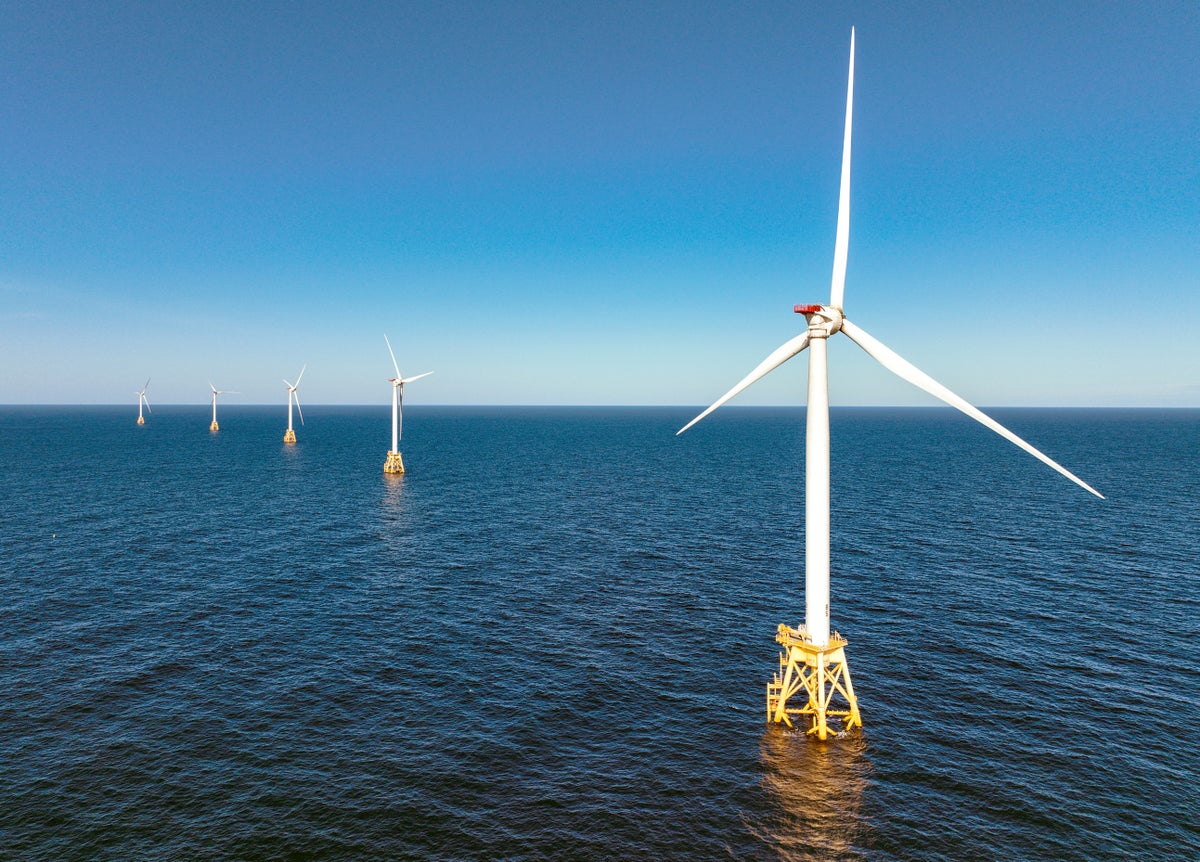Now Reading: Understanding Nuclear Waste Storage in the U.S
-
01
Understanding Nuclear Waste Storage in the U.S
Understanding Nuclear Waste Storage in the U.S

Quick summary
- the U.S. currently stores approximately 90,000 tons of nuclear waste at over 100 sites across 39 states in various containers.
- initially, a federal law in 1987 designated Yucca Mountain, Nevada, as the permanent storage site for nuclear waste.However, political and legal challenges halted construction work and funding ended in 2011.
- Ther are two primary types of radioactive waste: defense-related from manufacturing nuclear weapons during the Cold War and spent fuel from electricity generation at nuclear reactors.
- Defense waste is largely stored at steel tanks underground in Hanford (Washington) or Savannah River (South Carolina). Some has been processed into glass-filled stainless steel containers while some remains untreated. Leakage incidents have occurred but are reportedly not harmful to human health.
- Nuclear power plants store spent fuel rods onsite using pools for cooling or dry storage concrete vaults after drying them. As of December 2024, there were over 315,000 bundles stored across decommissioned and current sites.
- Proximity to water sources ensures cooling capabilities but raises corrosion risks for steel canisters near oceanic environments due to salt spray exposure; research suggests minimal risk of radioactive leaks despite potential pitting or cracking on surfaces.
- Public interest in nuclear energy has renewed due to emissions concerns from fossil fuels combined with applications like powering data centers and manufacturing facilities-highlighting urgency toward resolving long-term disposal solutions.
Indian Opinion Analysis
The U.S.’ struggle with secure and sustainable management of nuclear waste underscores global challenges surrounding the use of nuclear energy as a cleaner source amid rising demand. This situation prompts key considerations for India’s own approach toward expanding its civil nuclear program.With ambitions tied closely to energy diversification through atomic power amid growing industrial needs-and limited land availability-it becomes essential that strategies prioritize infrastructure capable of safeguarding against environmental risks such corrosion influenced coastal installations logically scaling industrial hub practicalities logistics’d’.
Learnings extend recommending upfront detailed commitment sustainability usage expansions prevents exaggerated policy recursive.. increasing stringent favorproof future optoutput























